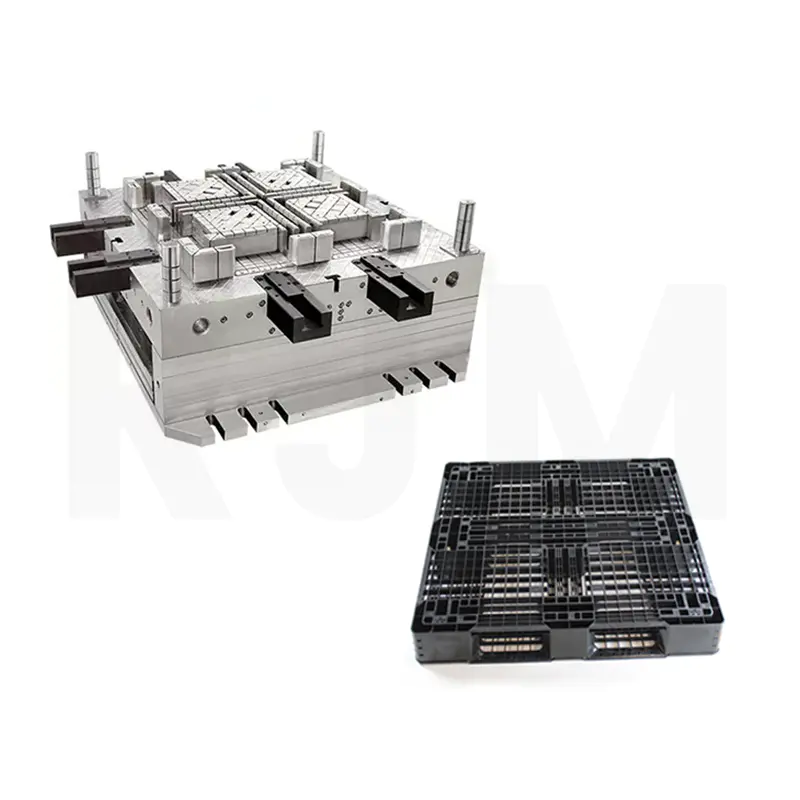If you have ever had to make a plastic part, then you will know that you will need a plastic injection mould. Injection moulding is a manufacturing process that produces parts by injecting molten material into a mould. The types of materials that can be used to create plastic parts are countless, from metals and glass to elastomers and confections. Once you have selected the type of mould that you will need for your project, you can begin the manufacturing process.
Injection moulds are typically created in two halves, and are clamped before the injection process. The mould must be fixed to a platen, a large plate-like structure, before the plastic is injected into the cavity. A clamping motor then opens the mold, and the molten plastic is allowed to cool for the desired period. The mould's rear portion has an ejection system, which pushes the solid plastic part out of the mould's cavity.
The type of plastic injection mould you choose for your project will ultimately determine the final product's shape. The cooling rate of the mould plays a huge role in the finished product. If the cooling rate is too fast, the product may have distortion or stress. When selecting the type of plastic injection mould you need, you should consider the cooling rate. Some plastics require a water cooled tool to be used for the process. You should also consider the number of cavities required.
To make the part, the plastic injection mold design should incorporate complex geometries and features, such as undercuts and side action units that slide into the part cavity. Some devices, like ejectors, are inserted along the parting direction, so it's critical that the two parts open at the same time. Moreover, the design of the plastic injection mould should account for the draft angle applied to the mold walls.
Plastic injection moulds are used in many industries, from toys to household parts. Some of the household applications of plastic injection moulds are drinkware, tableware, kitchenware, cabinet closures, flower pots, air fresheners, and so on. In addition, these types of moulds are used in medical and healthcare industries. The automotive industry also uses injection-molded plastics for the interiors of vehicles, while the construction industry uses them for insulating materials and raised flooring panels.
The plastic composition used to make a plastic injection mould is called the shot. The shot is the total amount of plastic injected into the mold, and the sprue is the material that sets in the runner. If the mould is a three-plate mold, the material will be injected in two sections - one for the moulding, and one for the ejector. However, there are several drawbacks to this design.
The plastic injection mould is one of the most important polymer processing operations in the plastic industry today. Creating a mould without any skill or experience is a recipe for failure. Specifically, failure to create the mould properly can result in defective plastic products. Warpage, for example, is a common defect that affects products with less than one millimeter in thickness. To avoid this, it is important to make your moulds as accurate as possible.
